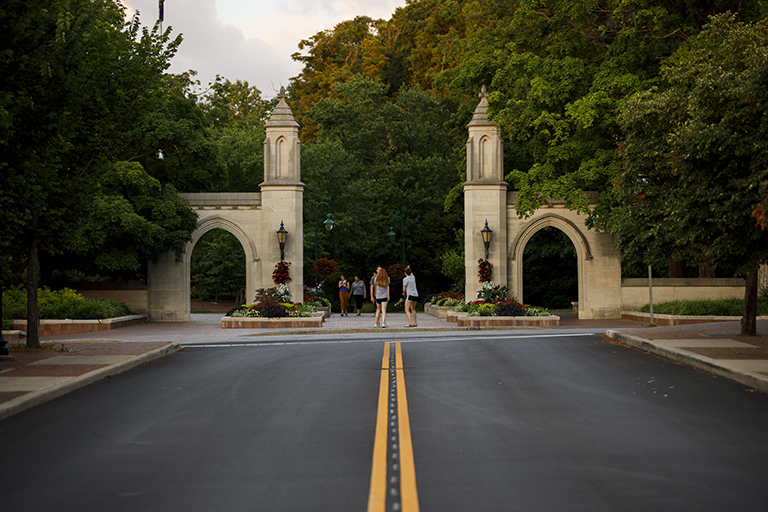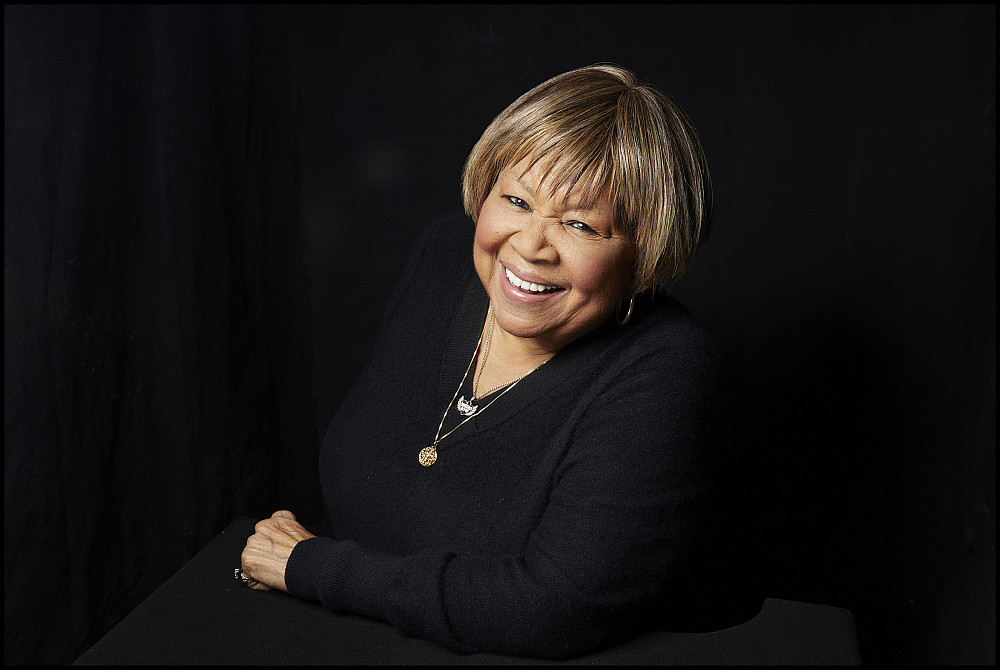April 22, 2025
During the State of the Campus address, I announced a new framework for research space allocation at IU Bloomington—an important step toward aligning our resources with the campus’s research ambitions.
This initiative supports IU Bloomington’s research agenda and growing innovation ecosystem by promoting flexibility, transparency, and interdisciplinary collaboration through modernized infrastructure and strategic space planning.
High-quality research space—and using it well—is essential to our success. As part of our $45 million investment in lab infrastructure, work on new and upgraded facilities is now underway to support our most ambitious projects. As the research landscape evolves, we must also adjust our approach to managing these spaces.
Special thanks to Associate Dean Caroline Chick Jarrold from the College and Executive Associate Dean Todd Royer from O’Neill for their leadership in guiding this effort over the past year. Their work identified opportunities to improve how we manage and utilize our research space.






